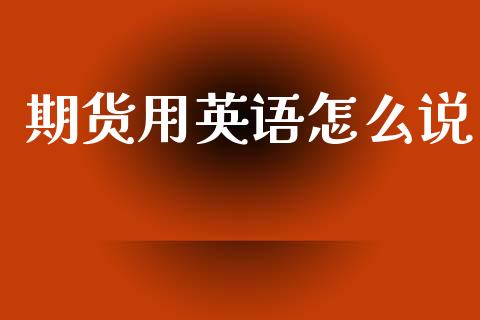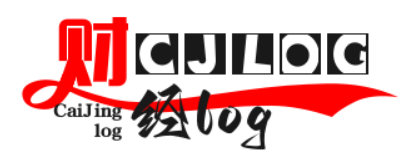期货用英语怎么说

期货在英语中可以说为\"futures\"。下面是一篇关于期货的英语文章:
Title: Introduction to Futures Trading
Introduction:
Futures trading is a popular investment instrument that allows individuals to speculate on the price movements of various assets, including commodities, currencies, and financial instruments. In this article, we will explore the basics of futures trading, including its definition, key participants, and the mechanics of trading futures contracts.
Definition:
Futures are financial contracts that obligate the buyer to purchase an underlying asset or the seller to sell an underlying asset at a predetermined price and date in the future. These contracts are standardized and traded on organized exchanges, such as the Chicago Mercantile Exchange (CME) and the New York Mercantile Exchange (NYMEX).
Key Participants:
There are three main participants in the futures market: hedgers, speculators, and arbitrageurs.
1. Hedgers: Hedgers use futures contracts to protect themselves against price volatility in the underlying asset. For example, a farmer may sell futures contracts to hedge against a potential decline in the price of crops, ensuring a certain level of income regardless of market fluctuations.
2. Speculators: Speculators aim to profit from the price movements in the futures market. They do not have any interest in the underlying asset but instead speculate on the direction of the price. Speculators take both long (buy) and short (sell) positions based on their market analysis.
3. Arbitrageurs: Arbitrageurs take advantage of price discrepancies between different markets or related futures contracts. They buy low in one market and sell high in another, earning a risk-free profit. Arbitrageurs play a crucial role in maintaining efficient pricing in the futures market.
Mechanics of Trading Futures Contracts:
To trade futures contracts, investors need to open a brokerage account with a registered futures commission merchant (FCM). The FCM acts as an intermediary between the trader and the exchange, facilitating the execution and settlement of trades.
Here are the key steps involved in trading futures contracts:
1. Selecting a Contract: Traders need to decide which futures contract they want to trade. Each contract represents a specific asset, such as gold, oil, or stock index. They should consider factors such as contract size, contract expiration, and market liquidity before making a selection.
2. Placing Orders: Traders can place orders through their FCM, either electronically or through a trading platform. They can choose to enter a market order, which executes immediately at the prevailing price, or a limit order, which sets a specific price at which they are willing to buy or sell.
3. Margin Requirements: To ensure that traders can fulfill their obligations, exchanges require them to deposit an initial margin, which is a fraction of the contract\'s value. Additionally, traders must maintain a maintenance margin to cover potential losses. Margin requirements vary depending on the contract and the trader\'s account type.
4. Monitoring Positions: After entering a position, traders need to monitor their trades and manage risk effectively. They can set stop-loss orders to limit potential losses and take-profit orders to secure profits. Regular monitoring of market conditions and adjusting positions accordingly is crucial for successful futures trading.
Conclusion:
Futures trading provides individuals with the opportunity to participate in various markets and profit from price movements. Whether it is for hedging, speculation, or arbitrage, futures contracts offer a flexible and regulated investment vehicle. However, it is essential for traders to have a solid understanding of the market, implement risk management strategies, and stay updated on market conditions to achieve success in futures trading.
上一篇
下一篇

















